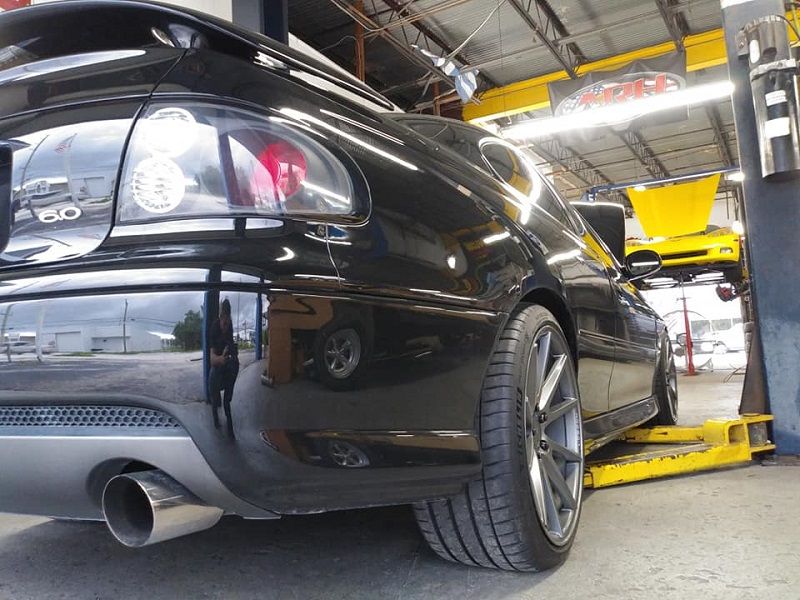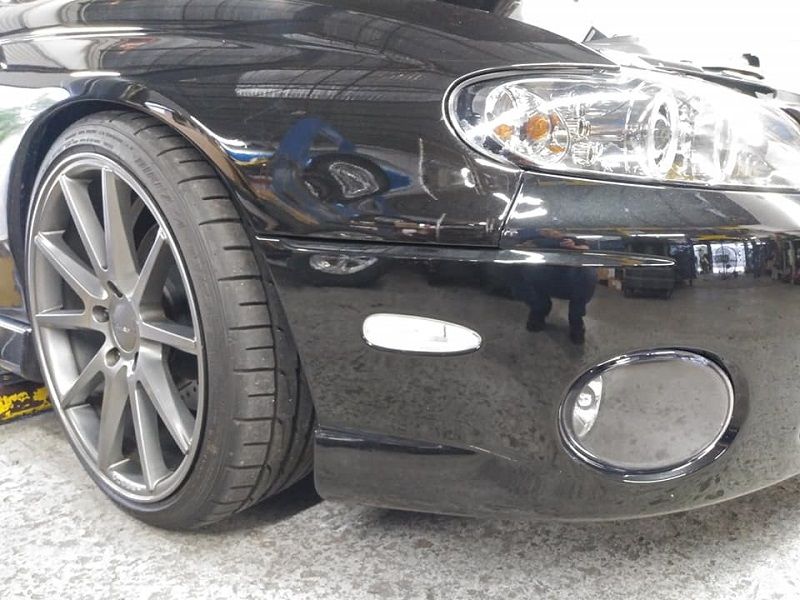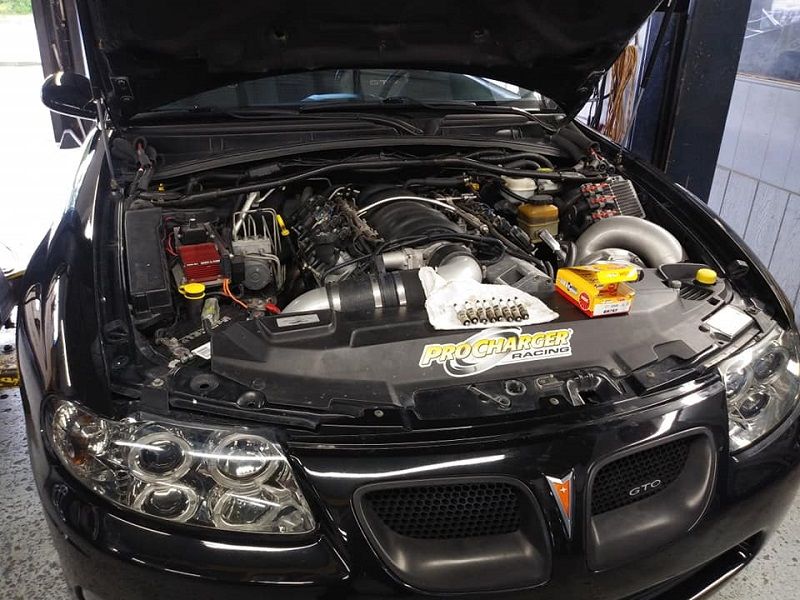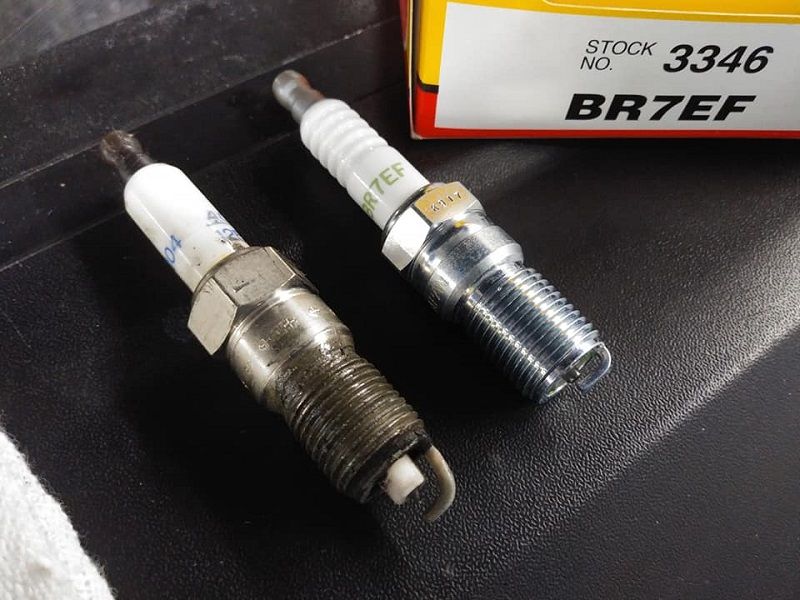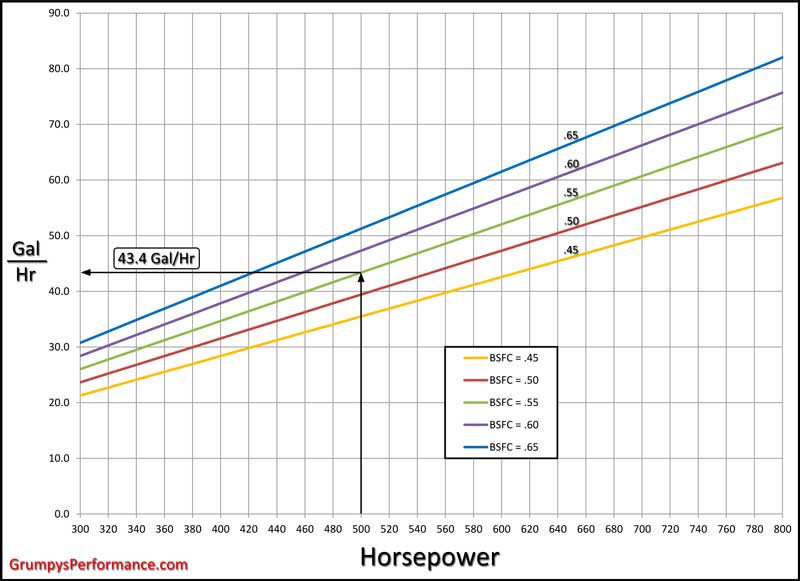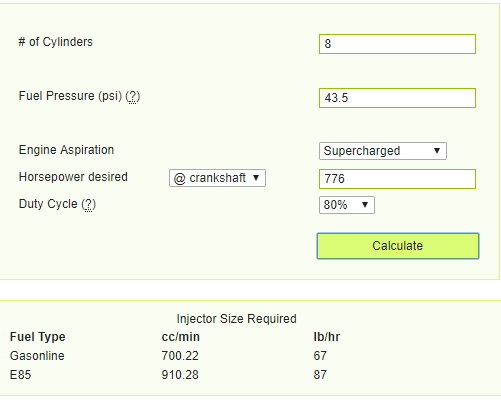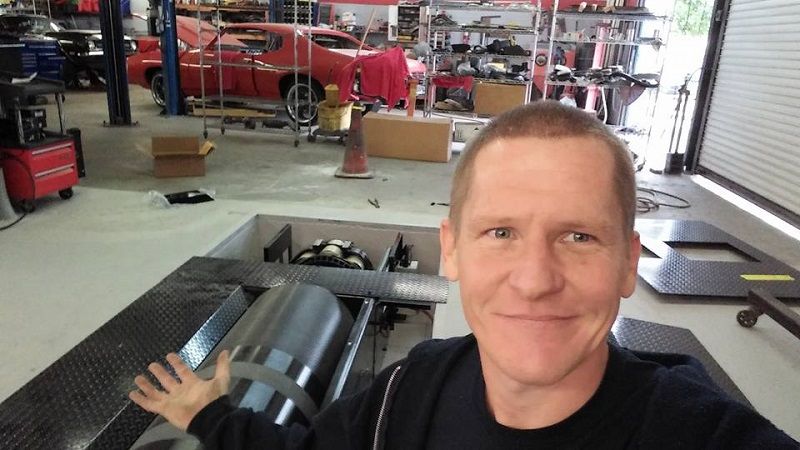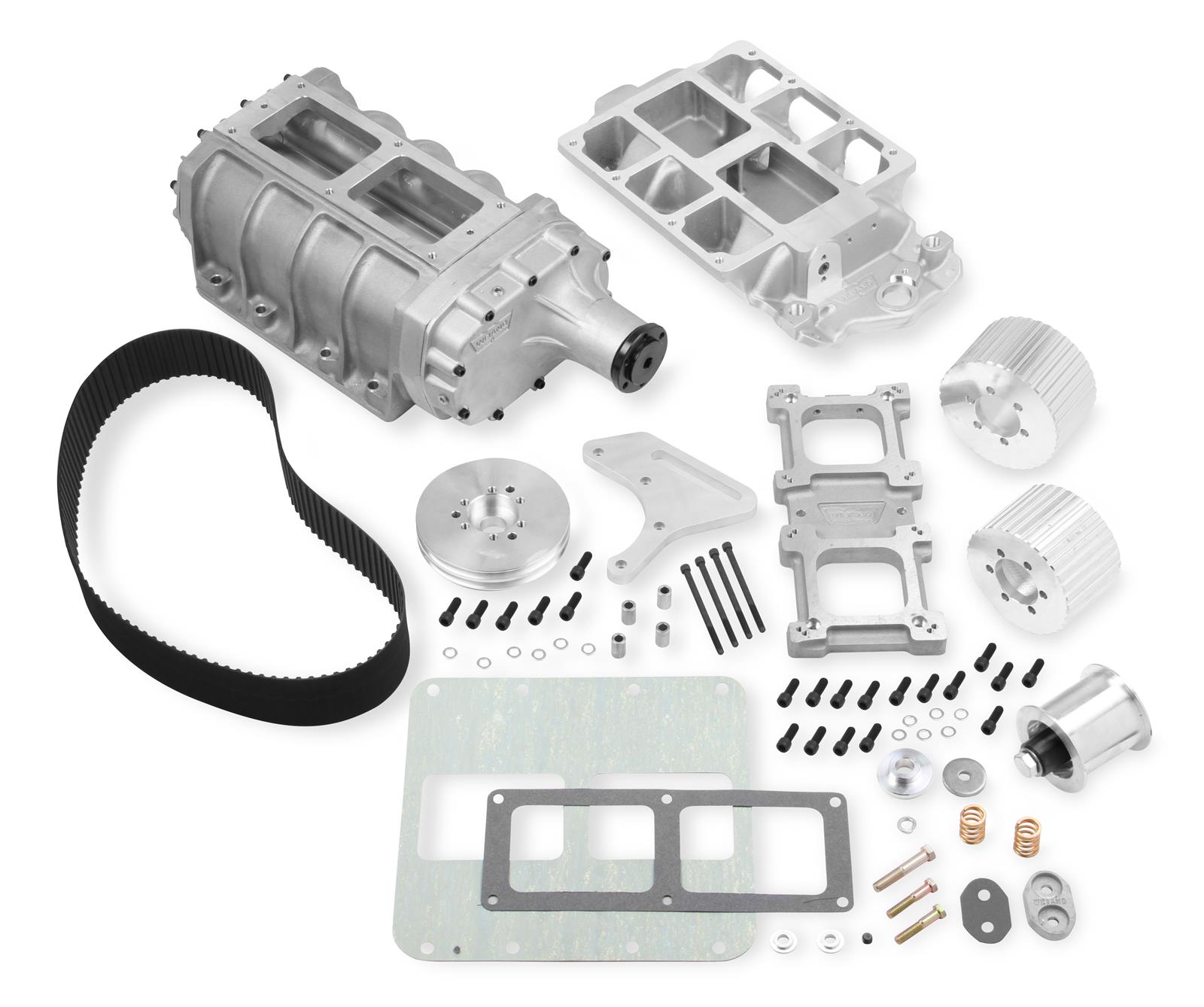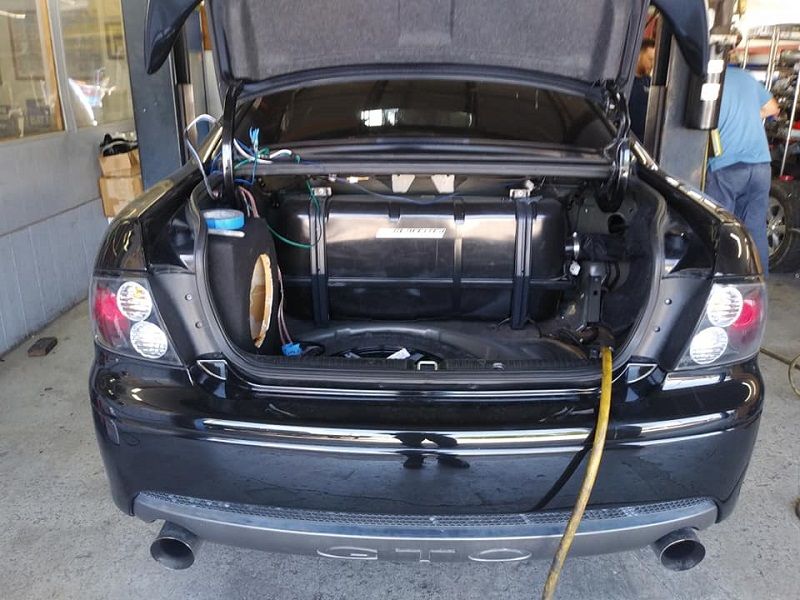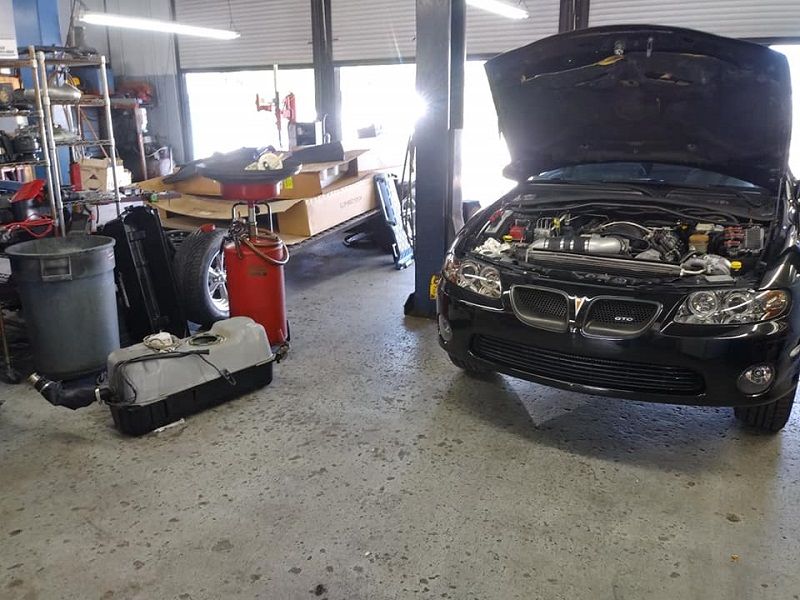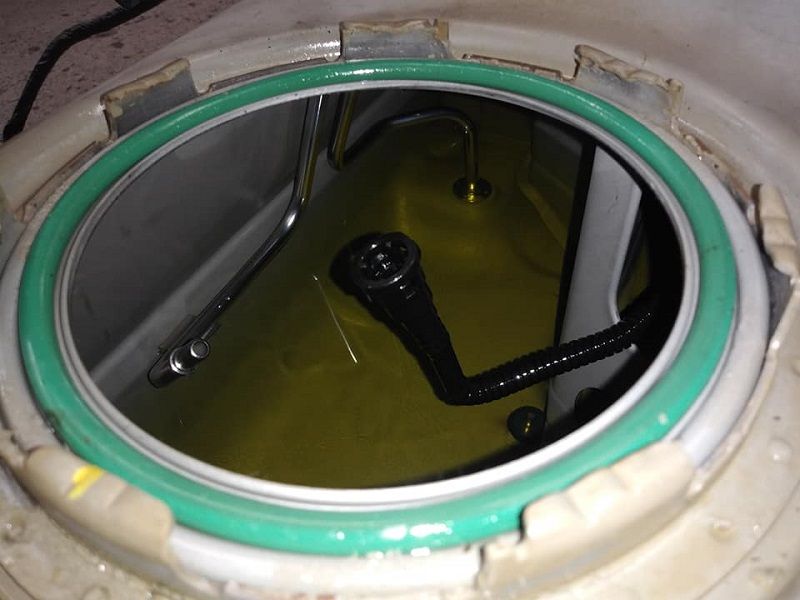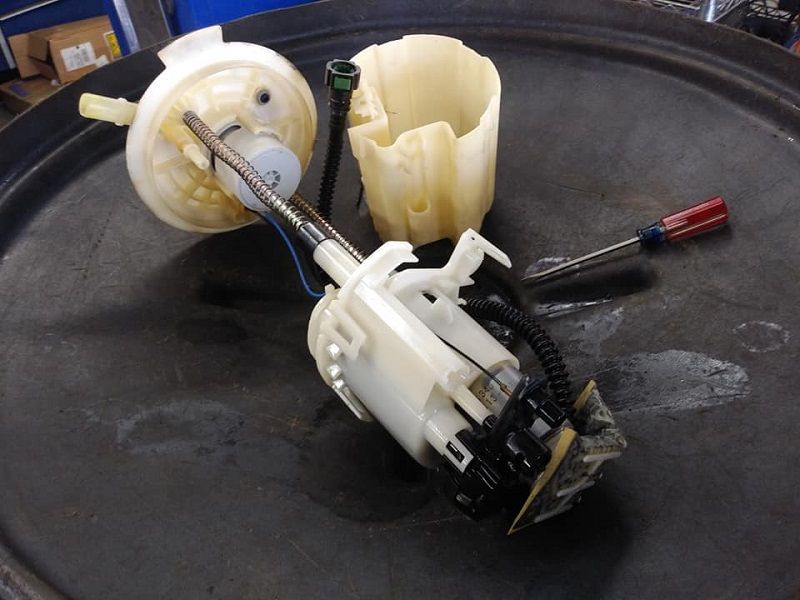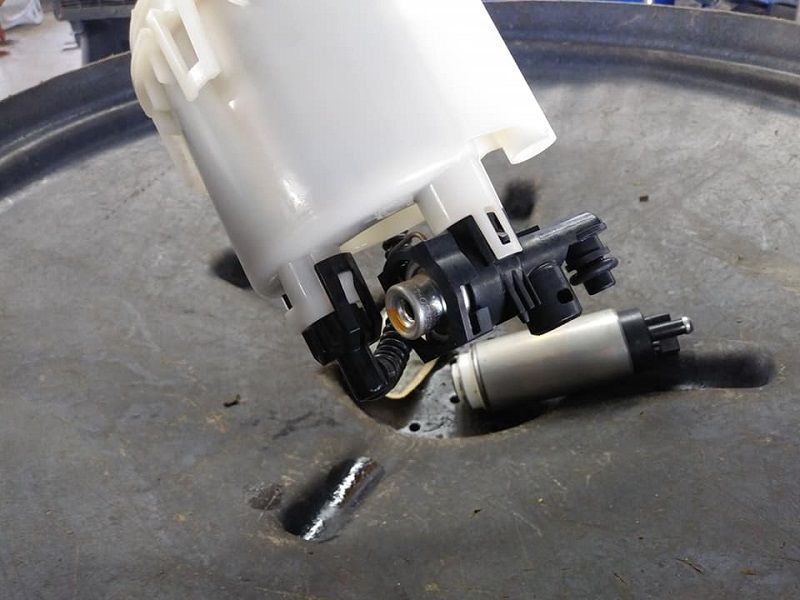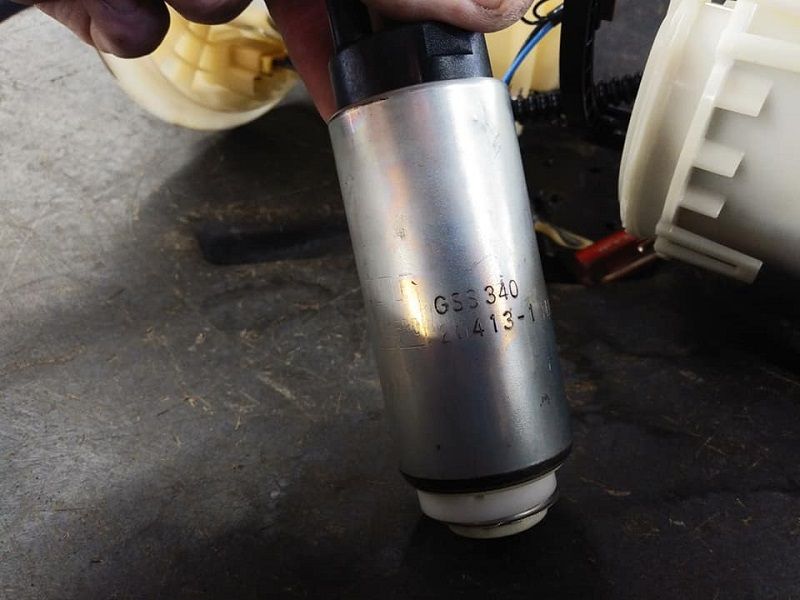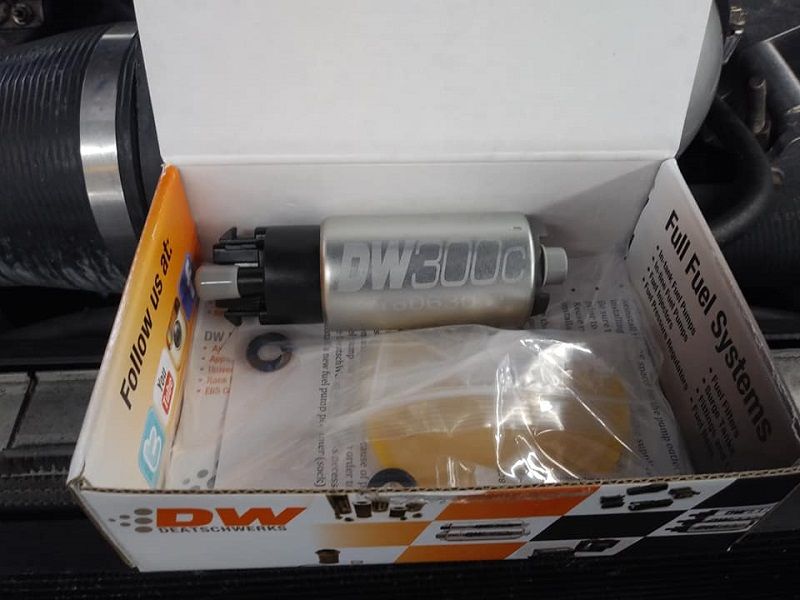AutoWiz
Well-Known Member
It has been a handful of years since the power adder went in. This was maybe 5-6 years ago this went in, now? I did take a few pictures back then but only a few. Here is the power adder and all its components and instructions on my box as I was starting the job..

And this is after the initial install I believe just under 70k on the odometer. like 68 or so..
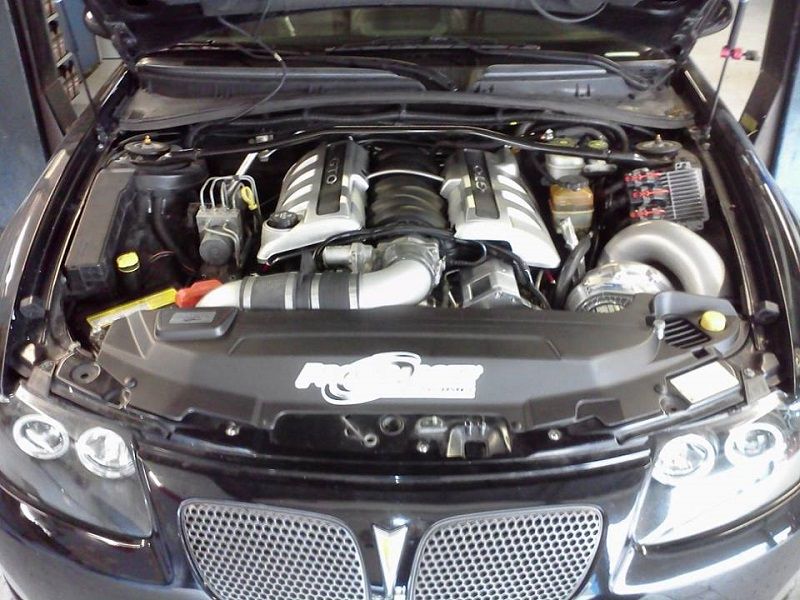
We have seen the vehicle for oil changes and other upgrades since. We welded in some subframe connectors. The car has an oversized driveshaft from the driveshaft shop. And other bolt ons. Then a few years ago we changed pulleys and I setup an aggressive tune and we got 480hp at the tires. This GTO was and is an incredible machine. A 2-door CTS-V from 2006. That is what this car is. With a 6 speed tremec t56.

And this is after the initial install I believe just under 70k on the odometer. like 68 or so..

We have seen the vehicle for oil changes and other upgrades since. We welded in some subframe connectors. The car has an oversized driveshaft from the driveshaft shop. And other bolt ons. Then a few years ago we changed pulleys and I setup an aggressive tune and we got 480hp at the tires. This GTO was and is an incredible machine. A 2-door CTS-V from 2006. That is what this car is. With a 6 speed tremec t56.
Last edited:


